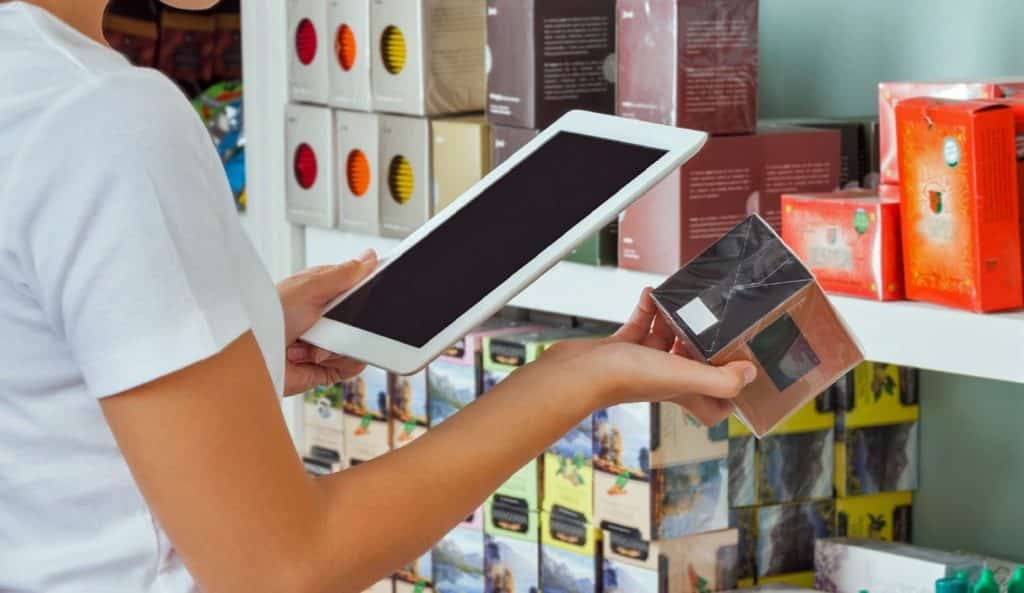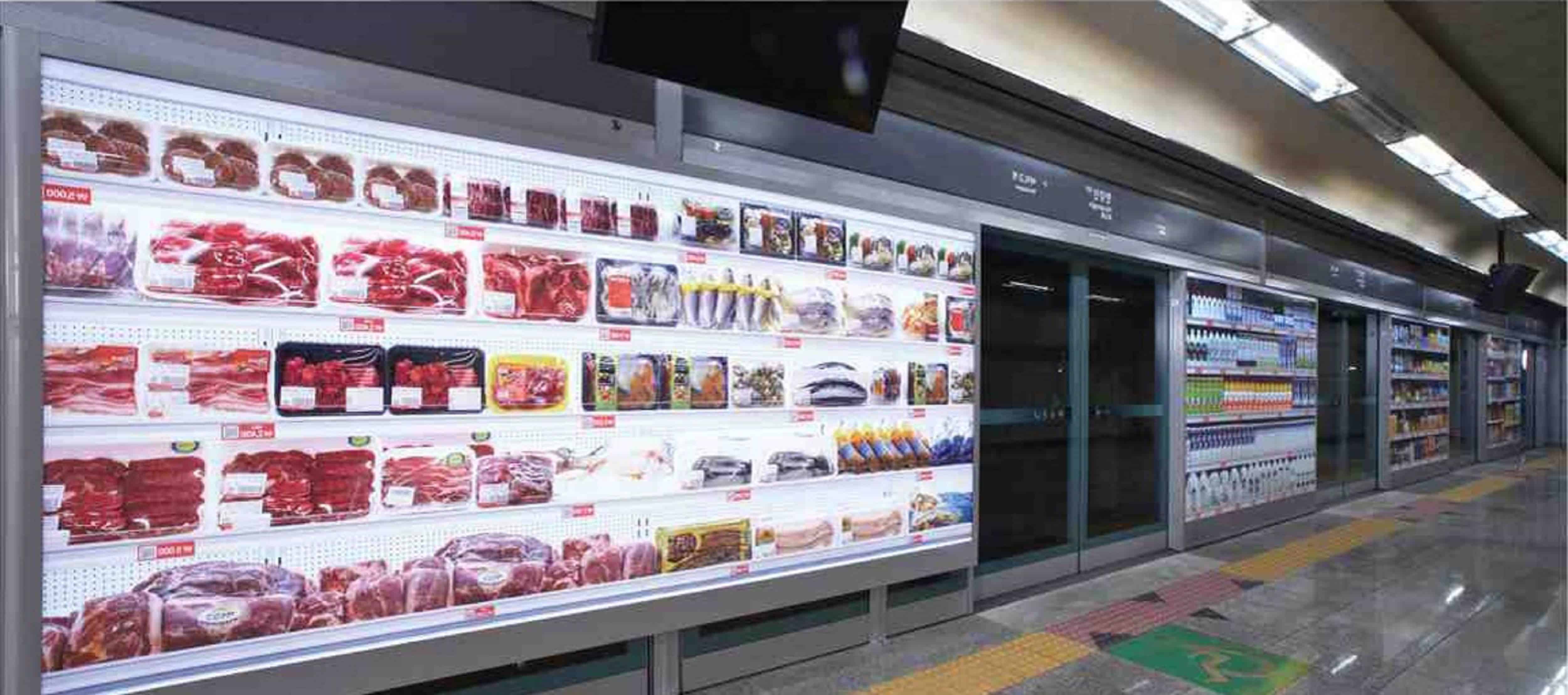
What are the top marketing strategies for supermarkets in 2021 and beyond? What supermarket pricing strategies are in store for the Australian supermarket retail sector? Safe to say that the digital disruption will continue to make all retailers take a much more innovative approach to a price war and team building.
>Download Now: Free PDF How to Drive Pricing Strategy to Maximise EBIT Growth
Disturbed by the over-reliance and effect of deep price promotions and price wars, supermarkets will eventually have to wean themselves off the “discount pedal”. And move instead towards a more consistent “better value proposition”. In doing so, sales will stabilise and there will also be stronger price consistency for customers. At the same time, generating incremental EBIT growth.
In this article, we will discuss the top four marketing strategies used by supermarkets. We will also share with you some of the key considerations for the retail market in the future.
With huge changes in the supermarket retailing sector on our doorstep, we will argue that supermarket price wars will come to a close and that the remaining retailers will shift to a stronger value proposition and convenience offered to win both market share and share of wallet.
Taylor Wells Advisory strongly believes that the stabilisation of sales and better price consistency for shoppers will improve and boost the bottom line profitability for supermarket retailers.
Capability Building Programmes For Pricing & Sales Teams!
Top 4 Marketing Strategies Used by Supermarkets
1. Instant delivery – one of the most successful marketing strategies used by supermarkets
Customers today have created an environment where they want to make payment and receive goods immediately. Usually, the quickest and easiest way to do this has been via retail stores. However, as a result of digitisation, a ‘mobile-first’ consumer, social media, emergence of new digital channels and new supermarket strategies and easy access to the web, customer behaviours have changed and people are changing how they buy their everyday groceries.

The economic landscape has created a less spending attitude amongst consumers but the reality is, every year people are spending more – they’re just not spending it in areas where they’re supposed to spend their disposable income as new products/services emerge.
The new consumers, that is the millennials, value price over recommendations, the brand’s reputation, and even product quality. They follow brands online just for discount opportunities. 66% of millennials would go-to brands if offered at least a 30% discount, and only a third see a brand to consider trends or product updates.
2. Locally-based smaller format stores – one of the marketing strategies used by supermarkets that will soon become the norm
Coles has announced the rollout of its 140 smaller format stores. On the other hand, Woolworths has opened the first micro-format supermarket in Australia. Smaller foot traffic will not only allow quicker penetration, but also savings on costs such as lesser rents, fewer people, less inventory and smaller parking requirements.
With smaller stores, then, floor space will massively reduce; and behind the scenes, online home shopping will continue to be the preferred channel to buy. This will mean faster delivery to customers’ homes. And beyond 2021, we could look forward to “scan, tap and go” options, especially in more busy CBD and inner-city stores.
When Aldi first opened their doors in Australia in 2001, Coles and Woolworths were alarmed about losing their market share. Ten years after, in January of 2011, Coles and Woolworths initiated a “supermarket price wars” against the German low-cost grocer. While this supermarket layout strategy can often lead to great losses, the supermarkets compete on their strong points namely – loyalty programs, smaller format, local food, online, and convenience.
3. A bigger social media presence – the new marketing strategies used by supermarkets
Retailers are now creating a sense of community or ecosystem which is more than a mundane shopping trip for bulk routine purchases. They want to set themselves and their brands and private label offers apart and build stronger relationships with their customers — which, in turn, drives sales and loyalty.
Supermarkets are trying to be different from the mega-stores of the past. They want to be more than just a warehouse for bulk value products. Wanting to build a strong social presence among their customers, followers and target audience. They have embarked on a strategic pivot from the community to the environment, specifically around issues pertaining to drought, sustainability and community resilience is foreseen in the future.
4. Reducing food waste
Food waste has always been a prevalent problem not just in the environmental outlook but from a cost perspective also. It costs money to order, receive, refill and manage inventory. Therefore, it is better to sell it than throw it away.
All current grocers are now working hard to lessen food waste, initiating a number of activities such as donating to food charities, circular economy techniques like Woolworths’ “bread” beer and active food waste diversion programs.
In the future, anticipate seeing “ugly” fruit and vegetables having more prominent places on the shelves. Also, supermarkets becoming more creative with the circular economy i.e., soups and juices made from spoiled fruit and vegetables.
Some of the key considerations for the retail market in the future:
1. Customer experience – this can set the retailer apart from the competition using these supporting points:
- Personalisation – a recent study shows that “56% of consumers are more likely to shop at a retailer in-store or online that recognises them by name.”
- Logistics – same-day shipping is increasingly popular.
- Omni-channel – consumers want to engage with retailers via their channel of choice whether a retail store, mobile app or website.
- Mobile shopping -the mobile phone is becoming the ‘remote control’ for people’s lives. Therefore, mobile contactless payments are expected to double by 2021. Increasingly, mobile apps are becoming the customer preference of choice for Generation Z and Millennials.
2. Innovation – digital and more agile operations that are more responsive to shifts in customer needs. Examples of the shifts include emerging areas around interactive store displays, radio frequency identification stock tagging, mobile apps, digital customer service, social media analytics and engagement, voice search, etc.
3. Channels – new digital channels are emerging such as mobile, voice search, AR/VR and IoT new business models that are reflecting the nature and experience of the engagement with the customer.
Pricing Recruitment For Pricing Managers!
Implications
- The digital disruption will continue to force retailers to find new and innovative ways to stay relevant to their customers.
- The retail sector is adapting to new technology to gain insights into the preferences of consumers. Technology like interactive store displays, radio frequency identification stock tagging. Other tech advances like mobile apps, digital customer service, social media analytics and engagement, and voice search will be the norm of the future.
- Social media will become an important tool for the retail sector in promoting their products and gain customer loyalty.
- Customers today want their items delivered immediately upon purchase online. Forcing Australian retailers to find new ways and partners to supply same-day deliveries for their businesses.
〉〉〉 Get Your FREE Pricing Audit 〉〉〉
Conclusion
- More consumers are turning to the digital realm to shop for their items. The retailers should adapt to the changing trends.
- Consumers do not see large supermarket stores as valuable or convenient. The time of the mega supermarket has passed. Now, for the first time in twenty-five years, consumers and shoppers are going back to basic and want a local high street experience again. They want consistent pricing (fewer promotions); niche / specialised offers; smaller local stores complemented by an interactive ‘in-store experience’.
- Smaller retail stores and better stock inventory management systems and distribution networks will, in turn, eliminate the current over-reliance on bulk stocking, package pricing, deep discounts and buying more for fewer value propositions.
Click here to access your free pdf guide on driving pricing strategy in your business.
For a comprehensive view on maximising growth in your company,
Download a complimentary whitepaper on How To Drive Pricing Strategy To Maximise EBIT Growth.
Are you a business in need of help to align your pricing strategy, people and operations to deliver an immediate impact on profit?
If so, please call (+61) 2 9000 1115.
You can also email us at team@taylorwells.com.au if you have any further questions.
Make your pricing world-class!

